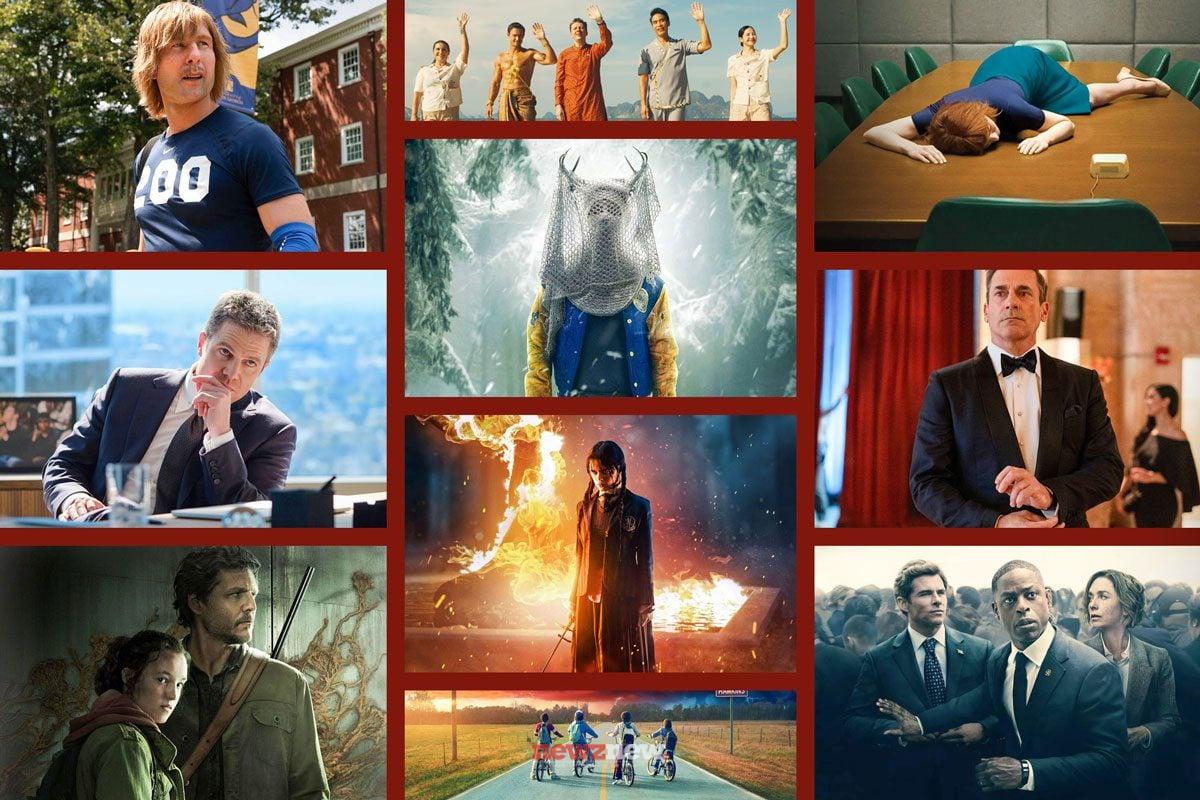Contents
- 1 1. Authenticity That Can’t Be Faked
- 2 2. Hyper-Local Storytelling
- 3 3. Rise of Local Talent and Production Houses
- 4 4. OTT Platforms Are Finally Paying Attention
- 5 5. Social Media Virality Begins Here
- 6 6. New-Age Themes in Old-School Settings
- 7 7. Cost-Effective, Story-Rich
- 8 8. Changing Audience Demographics
- 9 9. Language Diversity Is a Superpower
- 10 10. The Rise of Creators-Turned-Directors
Why The Most Relatable Shows in 2025 Come from Tier 2 Cities: In the glitzy world of streaming giants, Bollywood-esque backdrops, and big-budget productions, a quiet revolution is happening in 2025 — and it’s not coming from Mumbai, Delhi, or Bangalore.
 Instead, it’s emerging from places like Indore, Lucknow, Bhopal, Surat, Ranchi, and Guwahati. The most relatable, binge-worthy, emotionally grounded web series in India this year? They’re born in Tier 2 cities.
Instead, it’s emerging from places like Indore, Lucknow, Bhopal, Surat, Ranchi, and Guwahati. The most relatable, binge-worthy, emotionally grounded web series in India this year? They’re born in Tier 2 cities.
But why now? Why here? Let’s unpack the reasons behind this creative explosion from the heartlands of India.
1. Authenticity That Can’t Be Faked
Big city narratives often fall into a pattern — coffee shop romances, boardroom battles, influencer culture. While these stories have their place, they don’t speak to the everyday lives of most Indians. Tier 2 content, on the other hand, reflects real struggles, small joys, tight-knit communities, and a flavor of language and culture that’s impossible to replicate.
Shows like “Ghar Ki Chat” (Kanpur) or “Chauraha Ke Qisse” (Varanasi) have resonated deeply because they mirror our own lives — not aspirational but relatable.
2. Hyper-Local Storytelling
In 2025, audiences are hungry for regional authenticity — stories that understand a city’s soul. Whether it’s the dialect, food habits, school systems, marriage customs, or political nuances, Tier 2 storytellers know their settings inside out.
This hyper-local flavor is what gives shows a rich texture. It’s not just about using a regional accent — it’s about capturing the atmosphere. Like how a dusty cricket ground in Patiala feels different from one in Pune. Or how gossip over chai in a Jamshedpur colony hits differently than one in Gurgaon.
3. Rise of Local Talent and Production Houses
Tier 2 cities are brimming with raw talent — writers, actors, DOPs, and editors who’ve either returned to their hometowns post-pandemic or never left. With access to affordable DSLR cameras, editing software, and mobile-first content platforms, these creators are telling stories with grit and heart, not just glamour.
Many of 2025’s surprise web series hits have been powered by local production crews — trained at city colleges or self-taught via YouTube — who bring a level of sincerity that feels fresh and original.
4. OTT Platforms Are Finally Paying Attention
Streaming platforms in India are finally realizing what YouTubers and TikTokers figured out years ago — audiences from Tier 2 and Tier 3 cities are MASSIVE and loyal. In 2025, platforms like MX Player, JioCinema, ZEE5, and even Netflix India have launched special slates featuring semi-urban India, investing in both Hindi and regional-language content.
These shows don’t need stars. They need emotional pull — and that’s where Tier 2 stories win.
5. Social Media Virality Begins Here
Interestingly, some of the most viral reels and memes from 2025 are snippets from small-city-based shows. Whether it’s a hilarious Bundelkhandi dialogue, a mother-in-law moment from a Udaipur series, or a coming-of-age scene set in Raipur, these short clips capture attention fast — because they feel real, not scripted.
The ‘relatable quotient’ drives views, shares, and fan theories. You’ll find fan pages on Instagram, edits on YouTube Shorts, and reaction videos on Moj and Josh — all amplifying the reach of these humble, homegrown stories.
6. New-Age Themes in Old-School Settings
One reason Tier 2 shows work so well? They mix the old and new seamlessly.
Take a series like “Shaadi Ke Side Effects – Bareilly Edition” — it talks about millennial marital issues, but through the lens of small-town family dynamics. You see arranged marriage tropes, women balancing careers with joint families, and young men caught between tradition and modernity.
It’s not urban angst — it’s rural realism, and it’s striking a chord.
7. Cost-Effective, Story-Rich
While big city productions struggle with high location costs and paid permits, Tier 2 creators use their local connections, friends’ houses, old school buildings, and family shops to shoot with minimal budget but maximum emotional value.
In 2025, viewers no longer equate high production value with quality. If the story is gripping and characters are lovable, audiences stay hooked — and they recommend it to their circle faster than any paid ad campaign can.
8. Changing Audience Demographics
Another reason for this surge: a growing internet-savvy population in Tier 2 and 3 cities. These viewers don’t just watch shows — they demand representation. And now, they’re getting it.
You’ll often find reviews like “This character reminds me of my cousin in Ajmer” or “This girl talks exactly like my bua from Amritsar.” The audience now sees itself — and that emotional connection builds trust and loyalty.
9. Language Diversity Is a Superpower
Forget just Hindi or English. Shows are now using Awadhi, Bhojpuri, Haryanvi, Maithili, Chhattisgarhi, and even Kangri in dialogues and songs. This multilingual touch not only adds flavor and realism but also makes content go viral in specific states or communities.
In 2025, regional pride is high — and when a web series showcases your hometown, language, or college slang, it becomes an instant hit within your circles.
10. The Rise of Creators-Turned-Directors
From Instagram creators in Patna to YouTube sketch artists in Nagpur, many digital entertainers have now turned into storytellers. Their transition into web series has brought an interactive, social-first approach to storytelling — sometimes even letting fans vote on plot twists or character fates.
This creator-led wave means shows are tailor-made for the audience, not executives — and it shows in the content quality.
The rise of relatable web series from Tier 2 cities in 2025 is not a passing trend — it’s a full-blown movement. It’s about reclaiming storytelling from high rises and bringing it back to gully cricket grounds, tuition centres, momos stalls, and family rooftops. It’s about inclusive narratives, relatable characters, and stories that feel like they were written for you.
In a world obsessed with cinematic universes, the most powerful universe might just be the one outside your own window.
Content Writer – Gaurika Sharma





